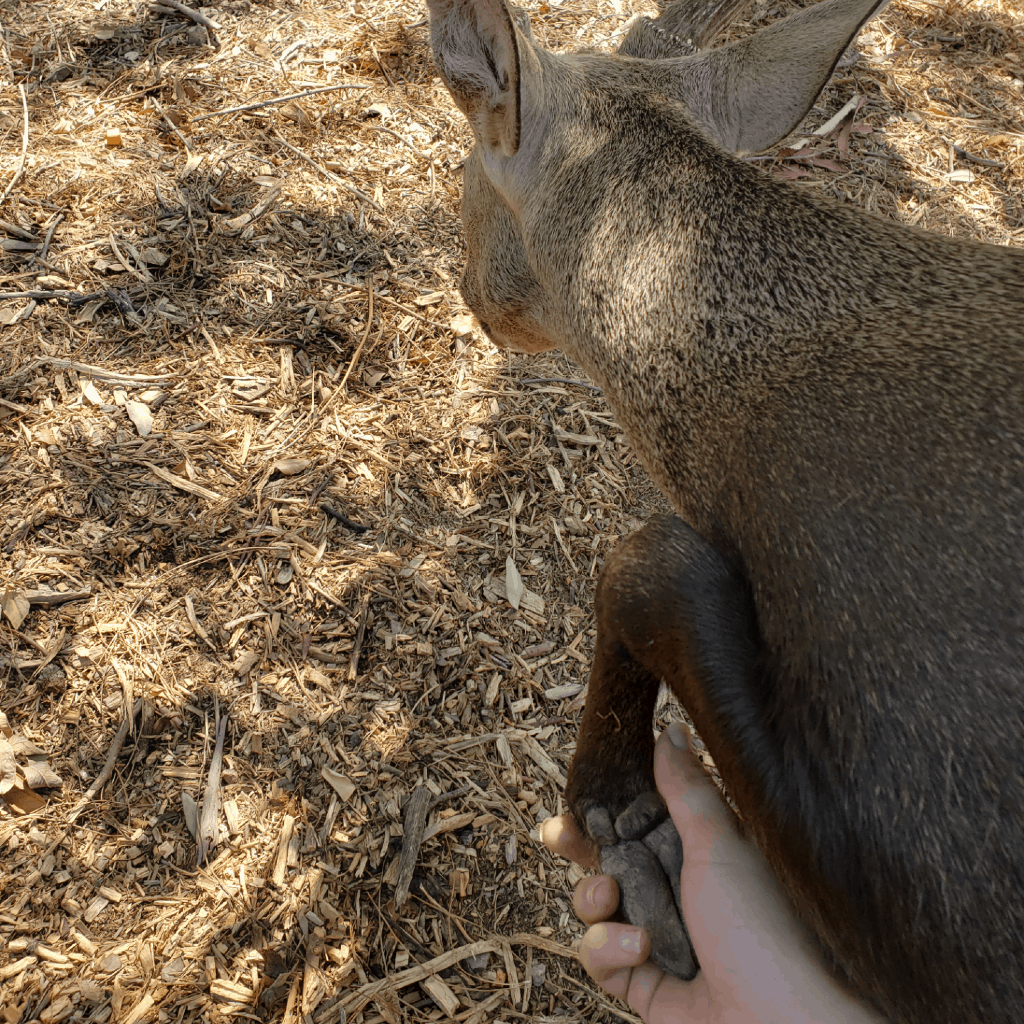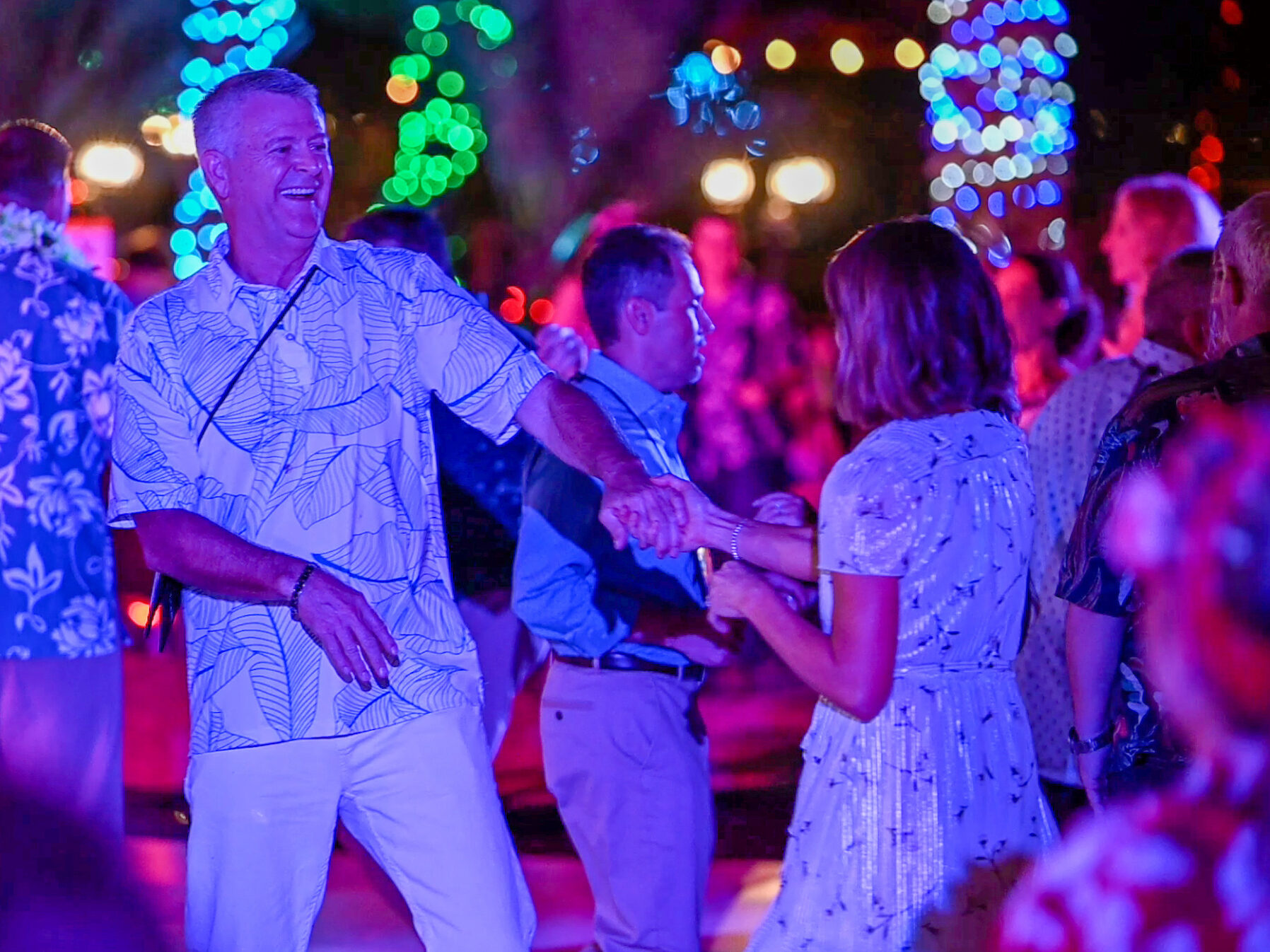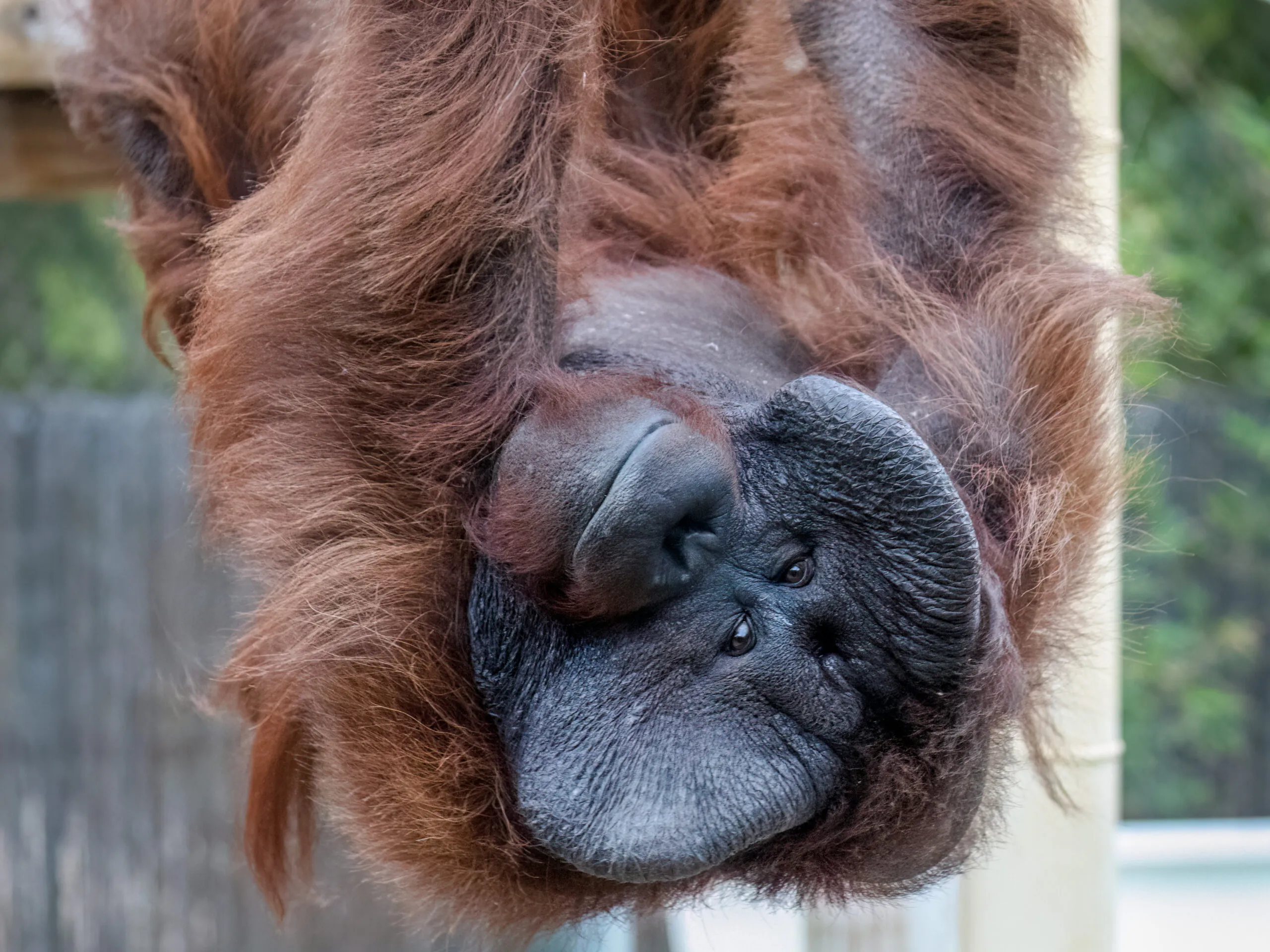Deer Diary:
How to tRAIN yOUR dRAGON...
i MEAN dEer!
Deer Diary,
Last time, I introduced you to my favorite animal at the Zoo, our Calamian deer, Luke. I’m going to keep the Luke-train rolling and share a bit more about this great little deer! One of the reasons I have such a good relationship with Luke is trust. On some level, trust is needed with all the animals in our care.
Deer are prey animals. In the wild if they stop being alert and responding to threats, real or imagined, they are lunch. In human care, our animals do not have to worry about ending up in the belly of a predator, but they keep those wild instincts that urge them to flee or panic, if something strange or scary is going on.
One of the scarier things our animals undergo are vet visits and a lot of our animals, for their safety and ours, are anesthetized to safely be examined by our dedicated veterinarian team. We strive to do medical husbandry training with all the animals in our collection, which helps maintain the best health of the animals with minimal amount of stress. So, how does trust factor into this?
I can get voluntary weights on Luke, because I trained him to step onto a plywood board with a scale underneath. Weight is an important metric when assessing the health of an animal. The more we can get weights, the more likely we are to find an underlying health problem since weight loss is one of the first signs of a lot of illnesses. When I first introduced the scale training to Luke, he was not a fan.








